Issue 20 Flipbook
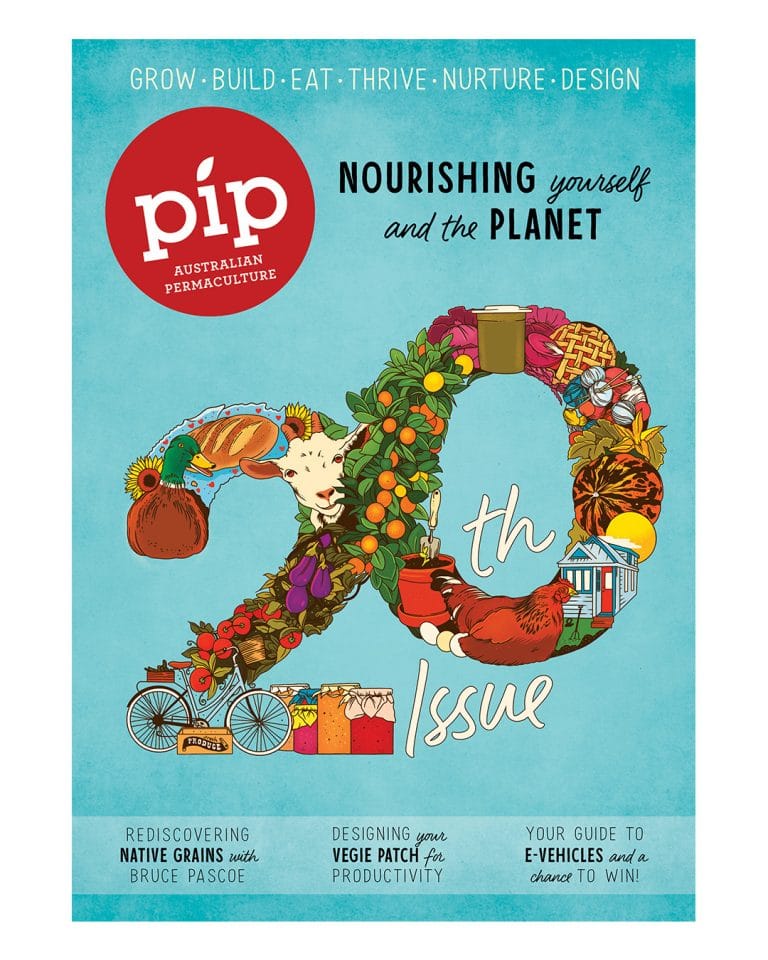

Read issue 20 as a flipbook


Read issue 20 as a flipbook


Notoriously noisy, fiercely territorial and adept foragers, guinea fowl can be a really useful addition to a permaculture patch.
As far as domesticated birds go, guinea fowl are on the wild end of the spectrum. Originating in Africa’s sub-Sahara region, they have plenty to offer the home gardener, but they also have some pretty unique needs.
Hatching Fowls
Raising keets is similar to raising chicks – a lined brooder box with a heat source, food and water. Place small rocks in the water dish to prevent drowning and ensure their bedding isn’t made up of small pieces – avoid sawdust, for example – or the keets will mistake it for food.


Emptying the ever-filling ash box might seem like just another chore, but it’s actually another great resource around the home.
As winter arrives, some of us will find ourselves with an abundance of wood ash. As a byproduct of timber, most of us feel okay about small amounts to the compost, but there are other great uses for wood ash around the home.
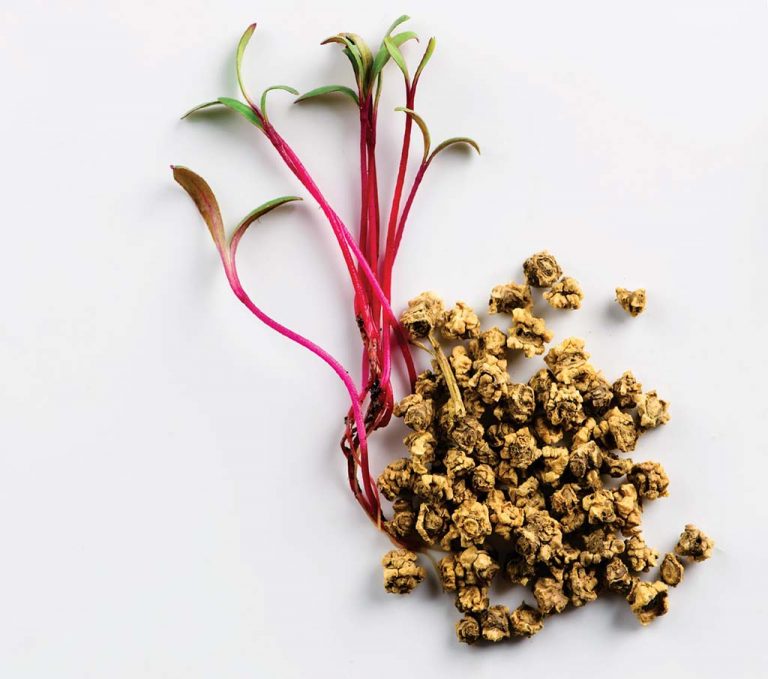

Beta vulgaris – beta is the name ancient Romans gave to the beet, while vulgaris means common.
Origin
Wild beets are native to northern Africa and the coast of Spain and Portugal. They were introduced to northern Europe by the Romans who fed them to both their troops and horses. Beets adapted very well to cold, northern winters and from them sugar beet and the round red beet were developed. Collections of the wild relatives of beetroot are being made in Sicily and Calabria for large-scale gene banks.
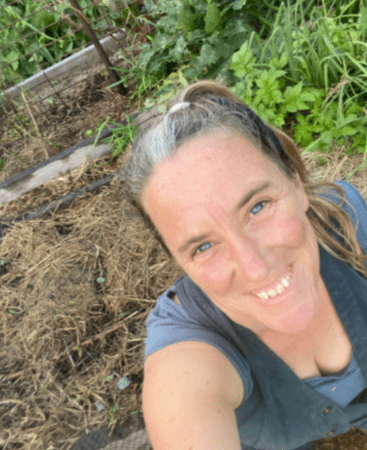

Welcome to Pip’s 20th issue. Wow, what a journey! When I started Pip my three girls were running around at knee height and now they’re mostly taller than me. Almost like a fourth child, Pip has grown and evolved with lots of attention and love and has come a long way from the seed of an idea I started with ten years ago.
It started with a few people, all volunteering our time publishing two issues a year, to now having a highly experienced and talented team publishing four issues a year and distributing nearly ten times the number of magazines of when we started.
Back then, I set out to create a beautiful, informative and inspiring magazine that was accessible to everyone, not just preaching to the converted, and that vision hasn’t changed. Using permaculture principles as the basis, I wanted to inspire people to live more sustainably by providing simple-to-practise ideas people could incorporate into their lives. And that vision hasn’t changed.
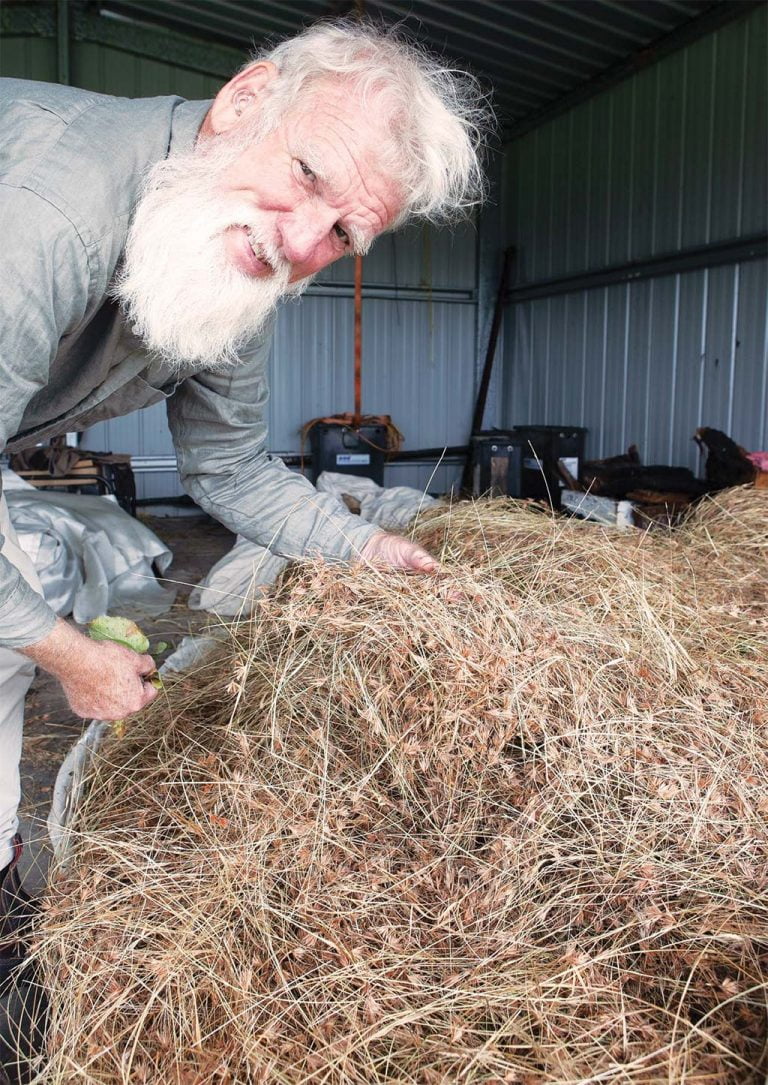

Bruce Pascoe is working hard to reintroduce native grains and flours into Australia’s food system. Easier to grow and more nutritious than European-introduced wheat, Bruce’s work is as much about protecting the grasses as it is about protecting the knowledge.
Aboriginal Australians used, and still use, over 600 different species of plants for food and medicine. Before white settlement they had an intimate knowledge of the land, her plants and animals, the seasons and how they all interacted together.
These plants were perfectly suited to the Australian environment, growing without fertilisers, pesticides or irrigation. They fed and sustained Aboriginal Australians for thousands of years. Yet when white people colonised Australia they brought plants and foods from Europe which weren’t suited to our soils, our climate or our bush. They brought sheep that compressed the soil and damaged a land that had been cared for through an intimate connection that stretched back tens of thousands of years. The oldest evidence of Aboriginal civilisation is from 65,000 years ago, making Australia’s Indigenous civilisation the oldest living on earth.
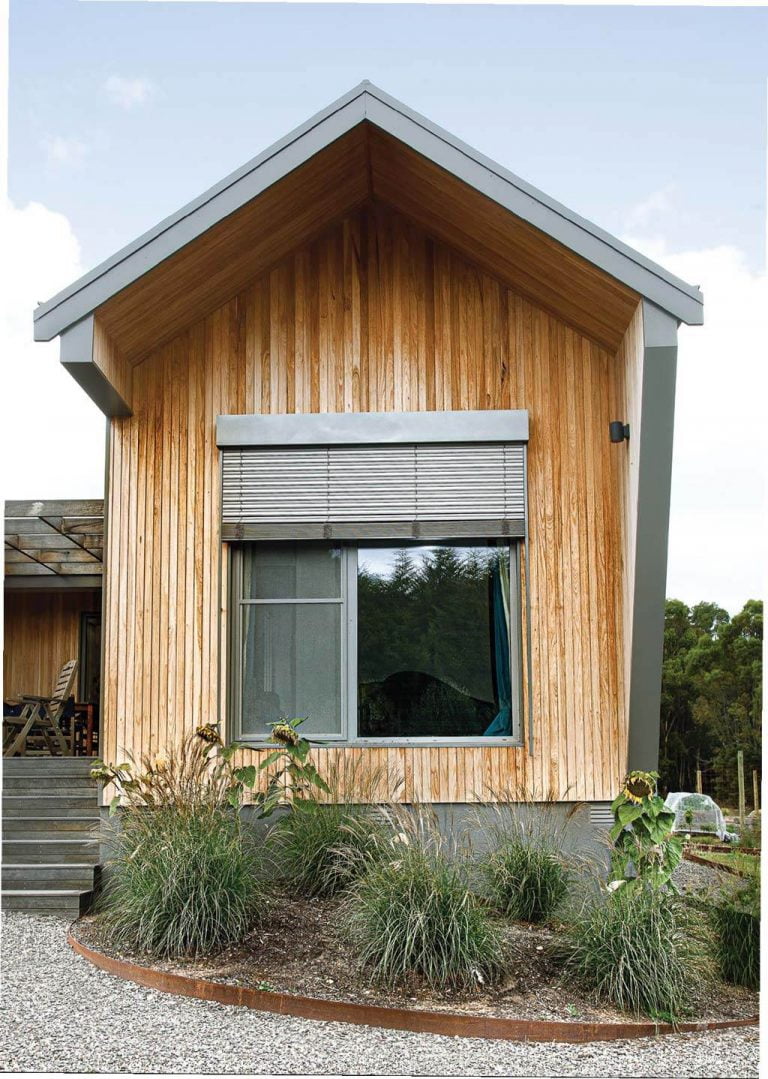

By understanding the principles that underpin passive heating design, the building you create or retrofit will produce enduring comfort, be far more sustainable and deliver significant financial savings.
The most important design principle when retrofitting or building a new home is to ‘build tight’. This means eliminating air gaps in walls (due to poorly installed insulation), drafts around doors and leaky windows caused by single-paned glass or aluminium window frames. Things like chimneys above open fireplaces, air vents in older houses and even recessed downlights all release heat from your home leaving it less comfortable in cold weather, so identifying these areas are your top priority when looking to reduce the need for auxiliary heating.
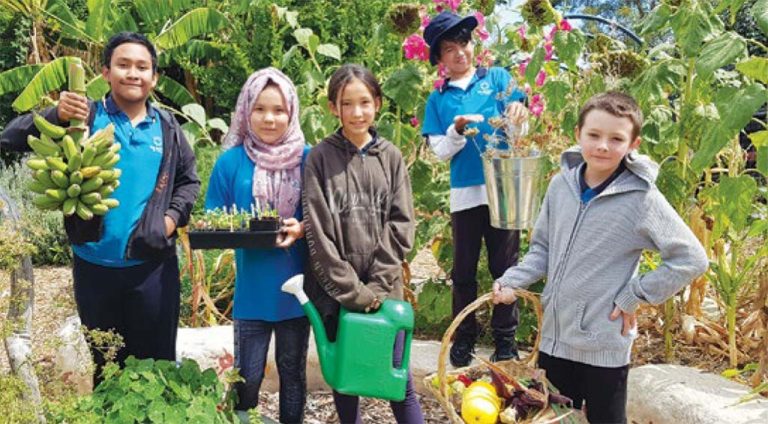

Our kids’ patch winners for this issue are Arvea and Isola Crosier from Toodyay, in Western Australia, you’ve both won snazzy new T-shirts from Izwoz!
Next issue we’ve got a pack of Permaculture Action Cards to give away by Brenna Quinlan and Charlie Mgee. The pack features 65 durable cards depicting characters putting permaculture into action. To be in the running, parents can email a photo to editorial@pipmagazine.com.au along with your child’s name, age and suburb, or post the picture on Instagram using the hashtag #pipmag
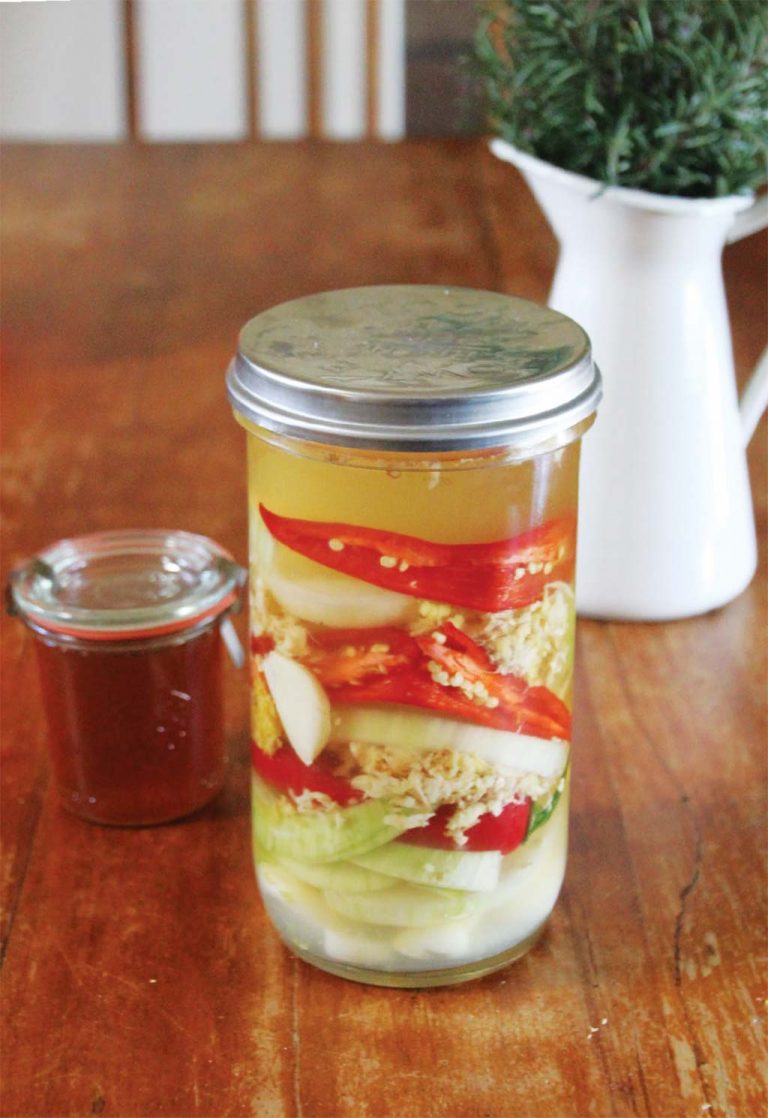

In the lead-up to the coldest months, now’s a great time to think about herbal remedies to boost you and your family’s immunity.
Being able to boost your immunity through homemade tonics is a more natural and more sustainable alternative to commercially sourced options. By including ingredients sourced from your own patch – be it your garden, beehive or pantry of homemade fare – making fire cider, an oxymel or a cough syrup can be a really rewarding process.
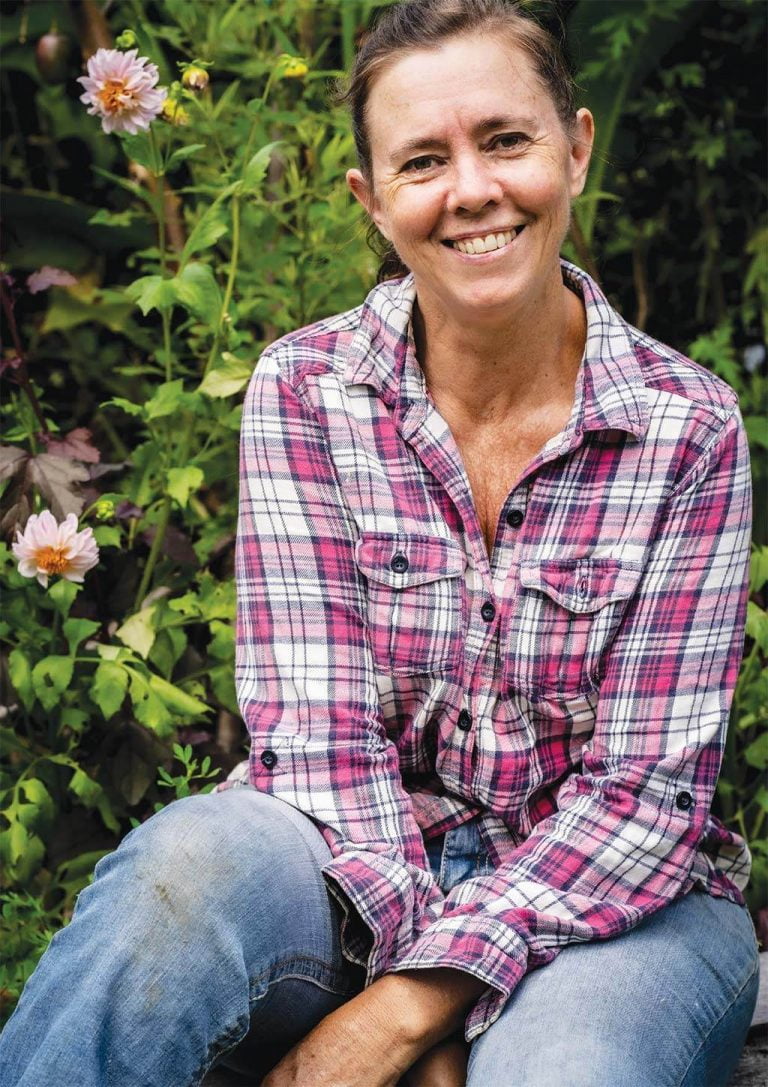

Six years ago, Jo Nemeth felt an overwhelming need to to give up money and has since lived comfortably without the one thing many of us rely so heavily on. If that’s not enough, she’s now turning her attention to becoming fossil-fuel free by 2023.
In 2014, Jo Nemeth lived a regular life; she rented a house, owned a car and had a great job. She lived with her adoring partner and her teenage daughter and worked as a community development worker in her local neighbourhood centre, but something was tormenting her conscience that she felt an overwhelming need to address.
‘I was reading a lot about the impacts of things I was buying,’ she begins. ‘I’d read about overfishing, about cobalt mining in the Congo, about the emissions involved with shipping and transport and about neoliberal politics.